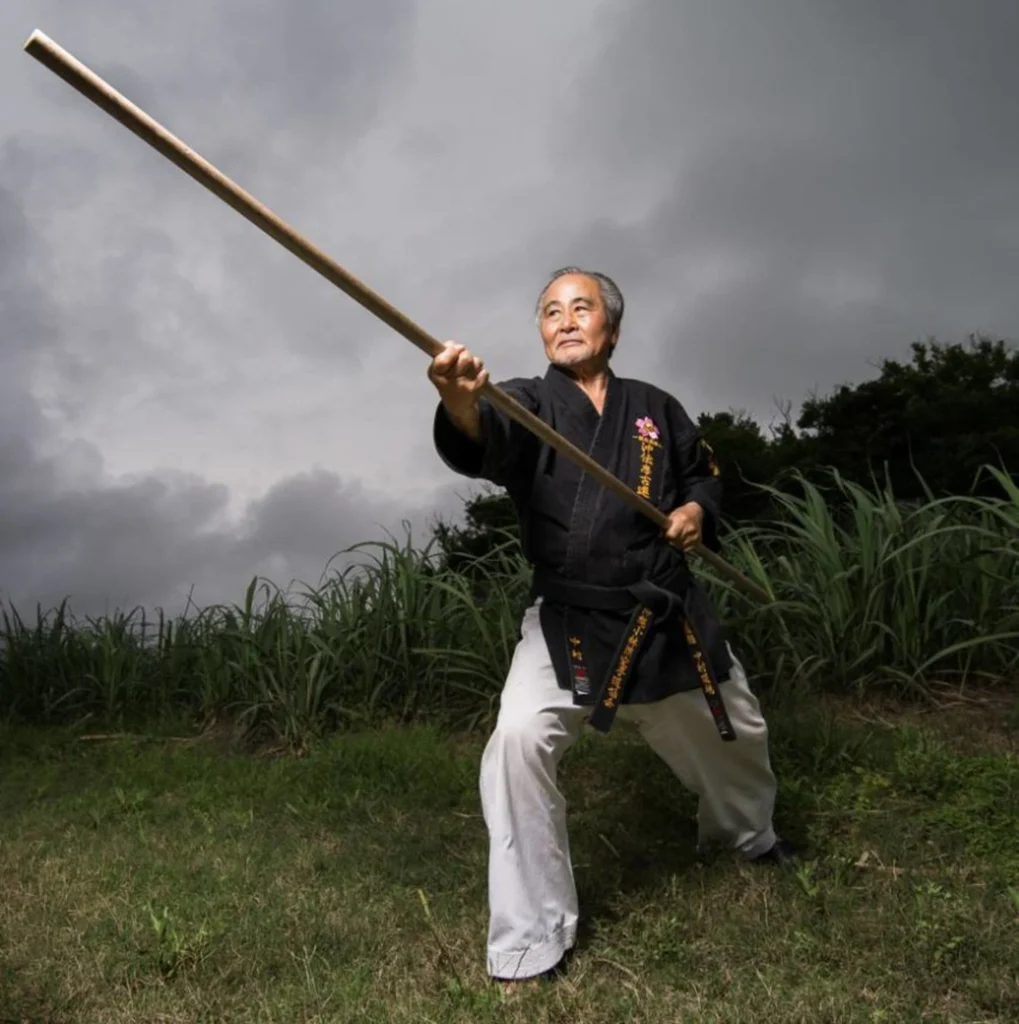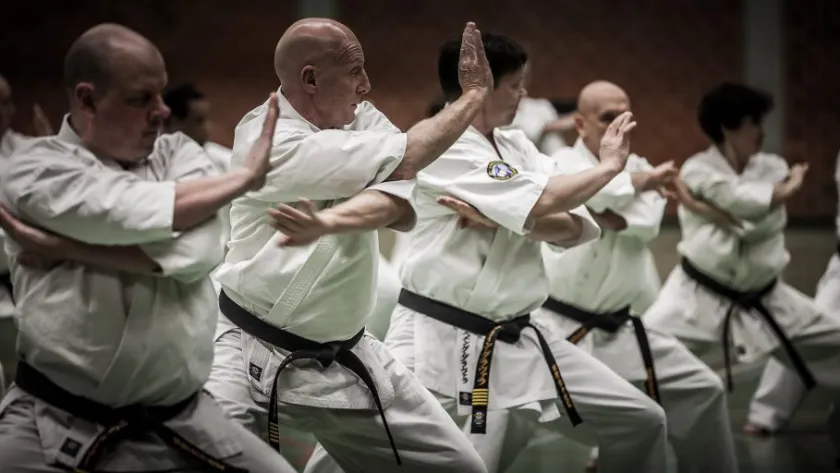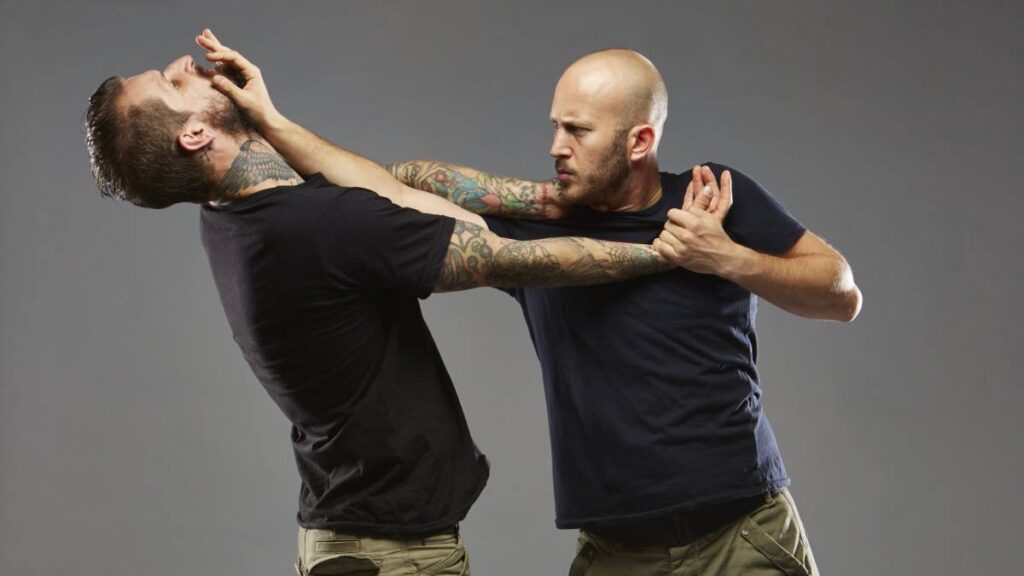Traditional Martial Arts Weapons: Nunchaku, Bo Staff, and Sai

Martial arts have a rich history that often includes the use of traditional weapons. These weapons were originally developed for self-defense and were later incorporated into martial arts systems, adding complexity and versatility to training. Among the most iconic traditional weapons are the Nunchaku, Bo Staff, and Sai. Each weapon has its own unique characteristics, techniques, and cultural significance, making them valuable tools for practitioners to learn.
This article explores the history, basic techniques, and practical applications of these three traditional martial arts weapons, providing insight into their importance within various martial arts systems.
1. Nunchaku

History and Origin
The Nunchaku, a two-sectioned weapon connected by a chain or cord, is believed to have originated in Okinawa, Japan. While there are many theories about its origins, one popular belief is that the Nunchaku evolved from a farming tool used to thresh rice. It was later adapted for self-defense during a time when Okinawans were prohibited from carrying conventional weapons.
The Nunchaku gained international fame through martial arts films, especially those featuring Bruce Lee, whose lightning-fast moves with the Nunchaku became legendary.
Structure and Design
A Nunchaku consists of two sticks (traditionally made of wood) connected by a short chain or rope. The sticks are usually around 12 inches long, but the length can vary depending on the practitioner’s preference. Modern Nunchaku are made from various materials, including plastic, metal, and foam for beginners.
Techniques and Applications
Nunchaku training focuses on coordination, speed, and precision. The weapon can be used for blocking, striking, trapping, and disarming opponents. The basic movements include:
- Strikes: Nunchaku can deliver powerful strikes to an opponent’s head, body, or limbs. Common strikes include downward, horizontal, and diagonal swings.
- Spinning: The iconic spinning motions help increase the speed of the weapon while confusing or intimidating the opponent. Spins are also used for transitioning between strikes.
- Trapping: Nunchaku can be used to trap or catch an opponent’s weapon or limb, allowing the practitioner to control their movements.
- Blocking: With proper technique, the Nunchaku can block strikes from other weapons or attacks, making it versatile for both offense and defense.
Learning to control the Nunchaku requires practice and focus, as its unpredictable movement makes it both challenging and effective.
Martial Arts Systems
Nunchaku are commonly associated with Karate and Kobudo (the Okinawan weapons system). Many modern martial artists also incorporate Nunchaku into their training for its practical and theatrical value.
2. Bo Staff

History and Origin
The Bo Staff is one of the oldest weapons in martial arts, with a history dating back thousands of years. It is believed to have originated in China before being adapted into the Okinawan martial art of Kobudo. The Bo Staff is traditionally seen as a weapon of the peasants, developed from everyday objects such as walking sticks or poles used for carrying buckets.
The simplicity of the Bo’s design belies its effectiveness. When wielded with skill, the Bo becomes an extension of the body, capable of delivering powerful strikes and precise movements.
Structure and Design
A Bo Staff is typically a long wooden pole, usually made from hardwood like oak. Its length can vary, but the most common is the rokushakubo, which is about 6 feet long. Some Bo Staffs are tapered at the ends for faster movement, while others maintain a uniform thickness throughout.
Techniques and Applications
The Bo Staff is versatile and can be used for striking, thrusting, sweeping, and blocking. Basic techniques include:
- Striking: The Bo can deliver powerful strikes using the ends of the staff. Strikes can target the opponent’s head, torso, arms, or legs.
- Thrusting: The Bo is often used to thrust at an opponent, using the tip of the staff to jab at the opponent’s midsection or face.
- Sweeping: Practitioners can use the Bo to sweep an opponent’s legs, causing them to lose balance.
- Blocking: The Bo can be used to block incoming strikes from swords, sticks, or other weapons by positioning it across the body.
The key to mastering the Bo Staff is maintaining fluid motion and balance. Proper body mechanics are essential for generating speed and power with the staff.
Martial Arts Systems
The Bo Staff is commonly used in Karate, Kobudo, and many Chinese martial arts such as Kung Fu. In modern martial arts, it is also used in Taekwondo demonstrations and Ninjutsu.
3. Sai

History and Origin
The Sai is a three-pronged weapon with a long history in both Okinawan and Japanese martial arts. Originally a farming tool used for planting seeds or prying objects, the Sai was adapted into a defensive weapon by Okinawan peasants. It became an essential tool in Okinawan martial arts, particularly in Kobudo.
The Sai is unique among martial arts weapons for its non-lethal design. Unlike bladed weapons, the Sai was primarily used for disarming and controlling opponents rather than killing, which reflects its origins in self-defense.
Structure and Design
A traditional Sai consists of a central prong (called the monouchi) and two shorter, curved side prongs (called yoku) that extend from the base. The handle (tsuka) is usually wrapped for better grip. Sai are typically made from metal and are often around 18-21 inches long.
Techniques and Applications
The Sai’s design allows it to be used for a wide range of techniques, from striking to trapping and disarming. Basic Sai techniques include:
- Strikes: The Sai can be used to strike with the central prong or the butt of the handle. Common targets include the head, arms, and torso.
- Trapping: The side prongs can be used to trap or catch an opponent’s weapon, such as a sword or staff. This allows the practitioner to disarm or control the opponent.
- Blocks: The Sai can be held in a defensive position to block strikes from other weapons. Its sturdy metal design makes it highly effective for defense.
- Throws: In some martial arts systems, Sai can also be thrown at an opponent as a ranged attack, although this technique is more advanced.
One of the key aspects of Sai training is learning to spin and flip the weapon, allowing for quick transitions between offensive and defensive techniques.
Martial Arts Systems
Sai are traditionally associated with Kobudo and Karate, but they are also used in other martial arts styles that focus on weapons training. Many practitioners of modern martial arts continue to study the Sai for its unique techniques and historical significance.
The Nunchaku, Bo Staff, and Sai are three of the most iconic and versatile weapons in traditional martial arts. Each of these weapons requires dedication and practice to master, as they offer a unique combination of offense, defense, and control. Learning to wield these weapons not only enhances a martial artist’s technical skill but also deepens their connection to the history and philosophy of martial arts.
Incorporating these weapons into training provides practitioners with valuable insights into the principles of balance, timing, precision, and power. While they may have evolved from simple tools or everyday objects, the Nunchaku, Bo Staff, and Sai remain timeless symbols of the martial artist’s journey toward mastery.







Responses